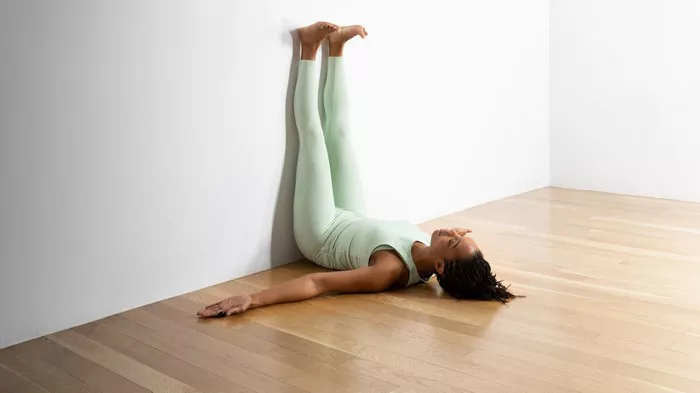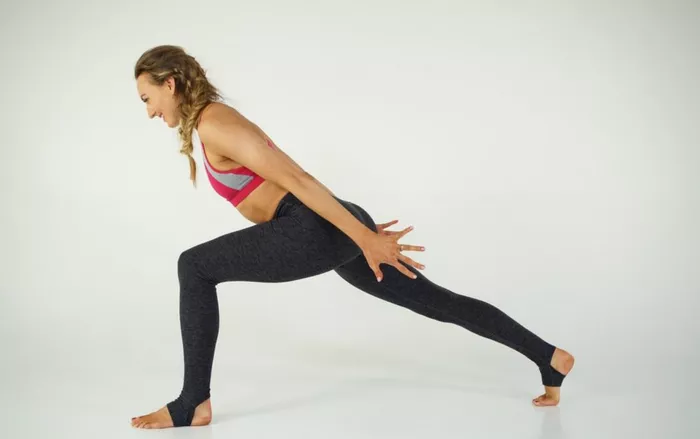Knee pain is a common ailment affecting millions of people worldwide, impacting mobility, quality of life, and overall well-being. While there are various treatment modalities available, including medications, physical therapy, and surgery, many individuals seek alternative methods to manage their discomfort. Restorative yoga, a gentle form of yoga focusing on relaxation and healing, has gained popularity as an effective complementary approach for alleviating knee pain. In this article, we delve into the principles and practices of restorative yoga specifically tailored to address knee issues, offering insights into its benefits and techniques.
Understanding Knee Pain
Before delving into restorative yoga techniques, it is essential to comprehend the underlying causes of knee pain. Knee discomfort can stem from a myriad of factors, including injuries, arthritis, overuse, or underlying medical conditions. Common conditions contributing to knee pain include:
1. Osteoarthritis: A degenerative joint disease characterized by the breakdown of cartilage, leading to pain, stiffness, and reduced flexibility in the knees.
2. Rheumatoid Arthritis: An autoimmune disorder causing inflammation in the joints, including the knees, resulting in pain, swelling, and decreased range of motion.
3. Patellar Tendinitis: Also known as jumper’s knee, this condition involves inflammation of the patellar tendon, commonly seen in athletes or individuals engaging in repetitive jumping activities.
4. Meniscal Tears: Injuries to the meniscus, the cartilage cushioning the knee joint, often occurring due to sudden twisting motions, resulting in pain, swelling, and limited movement.
Regardless of the underlying cause, managing knee pain requires a multifaceted approach encompassing pain management, strengthening exercises, and lifestyle modifications.
The Role of Restorative Yoga in Knee Pain Management
Restorative yoga offers a gentle yet potent approach to managing knee pain by fostering relaxation, reducing stress, and enhancing body awareness. Unlike more dynamic forms of yoga, such as vinyasa or power yoga, which involve active movement and muscular engagement, restorative yoga emphasizes passive stretching, supported poses, and conscious breathing. By creating a nurturing environment conducive to healing, restorative yoga provides relief from discomfort while promoting overall physical and mental well-being.
Key Principles of Restorative Yoga for Knee Pain
When practicing restorative yoga for knee pain relief, several principles guide the practice:
1. Gentleness: Emphasize gentle, slow movements to avoid placing undue stress on the knees. Opt for supportive props such as bolsters, blankets, or blocks to cushion the knees and provide stability during poses.
2. Mindfulness: Cultivate mindfulness and body awareness throughout the practice, tuning into sensations and acknowledging limitations without judgment. Mindful breathing techniques, such as diaphragmatic breathing or ujjayi breath, can help alleviate tension and promote relaxation.
3. Modifications: Modify poses as needed to accommodate individual needs and limitations. Encourage students to listen to their bodies and adjust the intensity or duration of poses accordingly. For example, reducing the range of motion or using additional props for support.
4. Sustained Holds: Hold poses for extended periods, typically ranging from 3 to 10 minutes, allowing the body to relax deeply and release tension gradually. Longer holds facilitate a gentle stretch without straining the muscles or joints excessively.
Restorative Yoga Poses for Knee Pain Relief
Integrating specific restorative yoga poses into a regular practice can help alleviate knee discomfort and promote healing. Here are some effective poses tailored to target knee pain:
1. Supported Reclining Bound Angle Pose (Supta Baddha Konasana): Lie on your back with knees bent and feet together, allowing the knees to fall open to the sides. Place bolsters or folded blankets under the knees for support, allowing the hips and thighs to relax fully. Close your eyes and focus on deep, rhythmic breathing, allowing tension to melt away from the knees and hips.
2. Supported Child’s Pose (Balasana): Begin on your hands and knees, then gently lower your hips back toward your heels, extending your arms forward and resting your forehead on the mat. Place a bolster or stacked blankets under your torso for support, allowing the chest to melt toward the floor and the arms to relax. Feel the gentle stretch in the hips, lower back, and knees as you breathe deeply into the pose.
3. Supported Legs-Up-the-Wall Pose (Viparita Karani): Sit sideways next to a wall with your knees bent and feet on the floor. Lie back and swing your legs up the wall, allowing your hips to come close to the wall’s base. Place a bolster or folded blanket under your hips for support, ensuring comfort and stability. Relax your arms by your sides and close your eyes, focusing on the gentle stretch in the hamstrings, calves, and knees.
4. Supported Bridge Pose (Setu Bandhasana): Lie on your back with knees bent and feet hip-width apart, arms resting by your sides. Lift your hips toward the ceiling, placing a bolster or block under your sacrum for support. Allow your weight to settle into the prop as you relax your lower back, glutes, and thighs. Close your eyes and breathe deeply, feeling the gentle opening in the chest, hips, and knees.
Conclusion
Restorative yoga offers a holistic approach to managing knee pain, providing gentle yet effective techniques to alleviate discomfort, improve mobility, and promote overall well-being. By incorporating mindful movement, supported poses, and conscious breathing, individuals can cultivate a deeper connection with their bodies while fostering healing and relaxation. Whether practiced independently or under the guidance of a qualified instructor, restorative yoga serves as a valuable tool for enhancing the quality of life for those experiencing knee-related challenges. Embrace the therapeutic benefits of restorative yoga and embark on a journey toward greater comfort, ease, and vitality in your life.






















